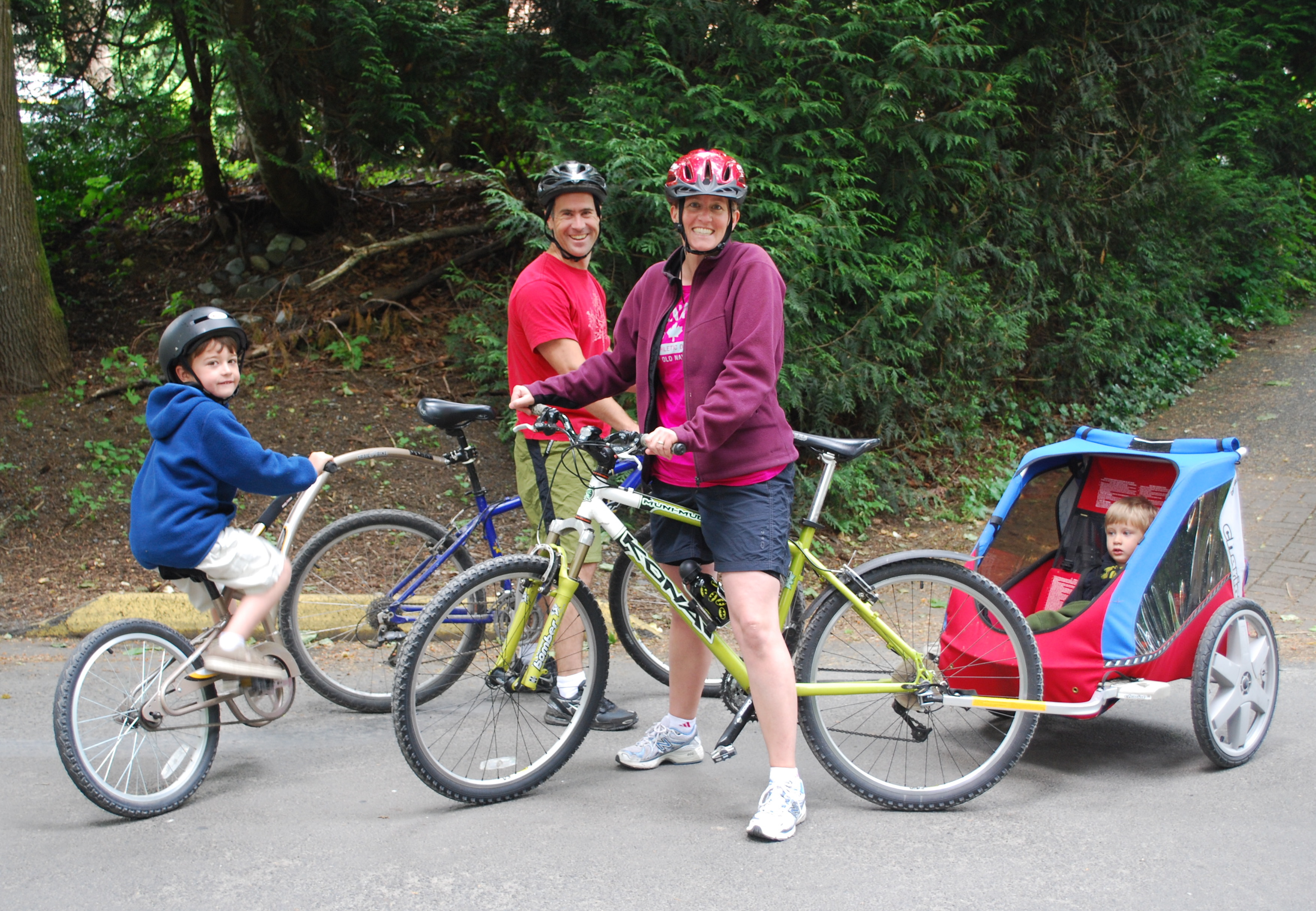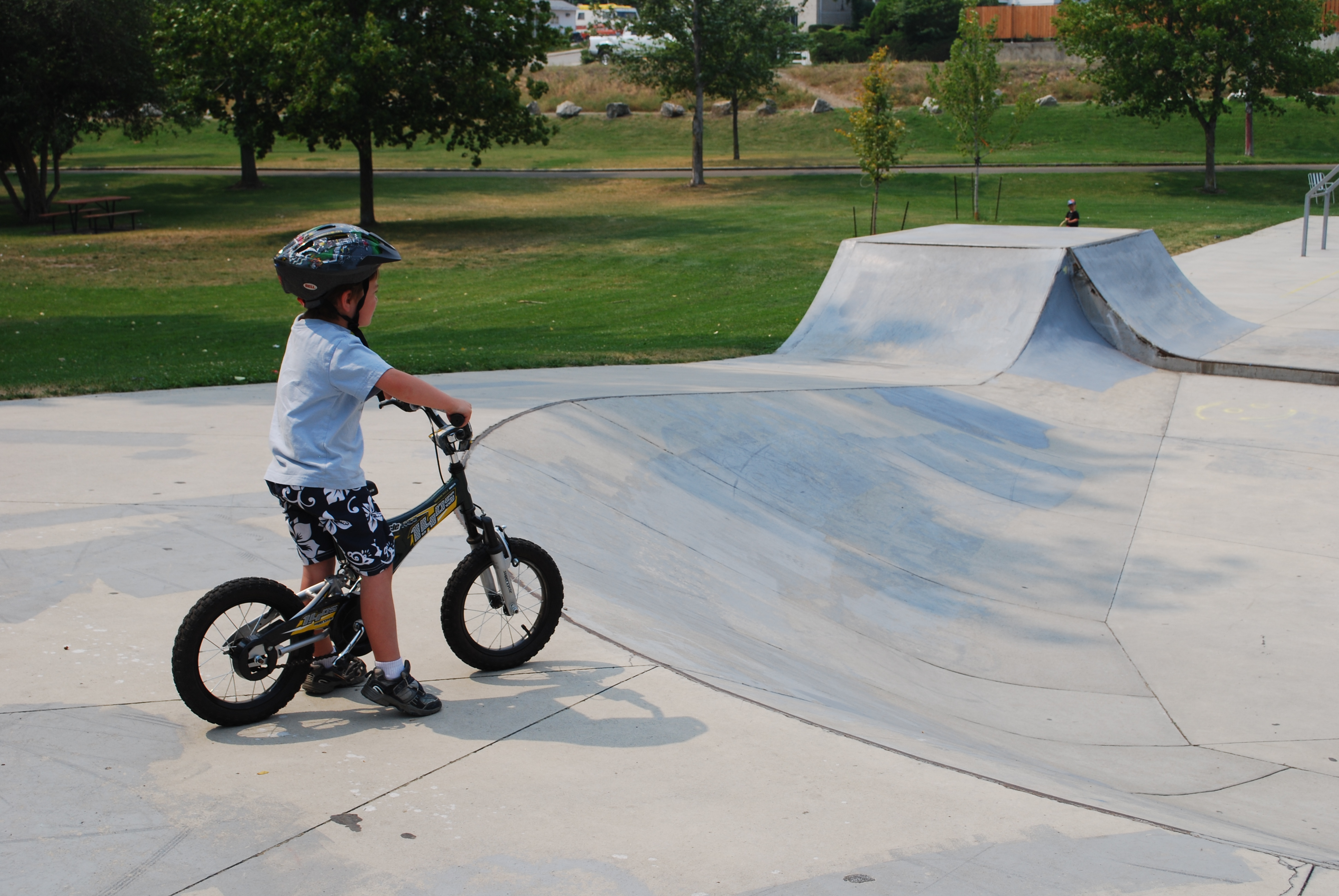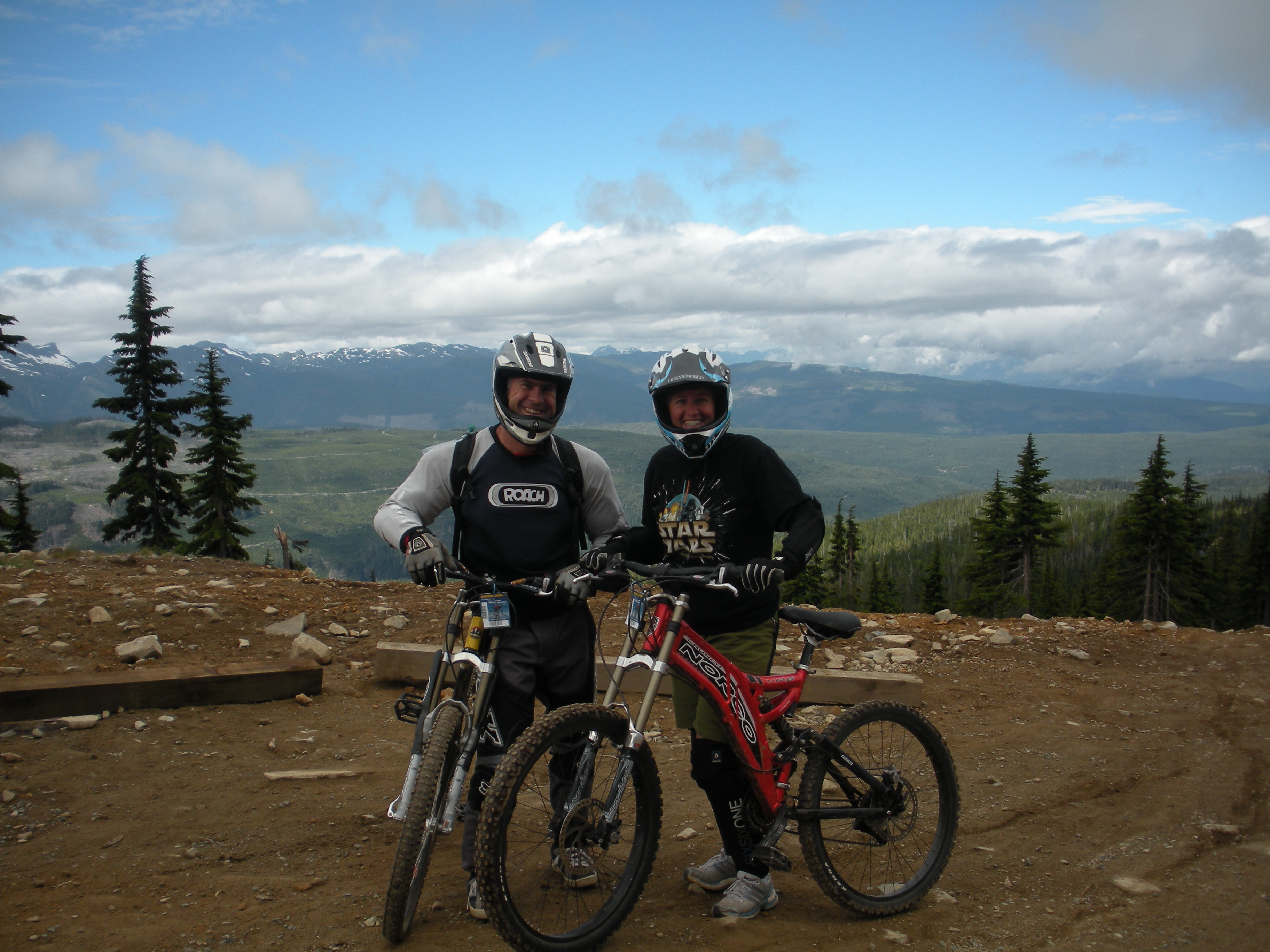Now that the summer sunshine seems to be here to stay, many of us have dusted off our bicycles, tuned them up, and started riding. Cycling can be a leisurely pastime, a form of transportation, or a sport used for training and exercise.
No matter what your intention, here are a few hints that can help with warming up, cooling down, and avoiding injury. We’ve also included links to local cycling groups and companies in the Comox Valley at the end of this article. Happy cycling!

The cycling motion
Cycling is an excellent form of low-impact cardiovascular exercise. The act of cycling involves a “limited leg motion” that is done in repetition.
What is limited leg motion? It means that as you cycle, you never reach the end range of your involved joints; your ankles, knees and hips are never fully extended or flexed. This action causes your leg muscles to become stronger; however, as a muscle gets stronger it becomes tighter and shorter.
Hard riding can lead to a loss of muscle elasticity and joint inflexibility, which can contribute to any number of overuse syndromes such as tendonitis and pain in the lower back, hamstring muscles, and knees.
Warm Up
s with any activity, it is smart to ease into cycling. Warming up at the beginning of each ride will help to decrease the likelihood of injury. We suggest 5 to 10 minutes of light cycling before you begin to push yourself.

Stretching for Cycling
Stretching helps to condition the body to resist stress and injury by improving muscle flexibility and increasing the range of motion of joints. Stretching also helps to reduce muscle soreness and stiffness during periods of intense workouts.
One of the best ways to do this is with static stretching. With static stretching you stretch each muscle group slowly and gently, until a mild tightness (not pain) is felt in the muscle. You maintain this position for about 30 seconds to 1 minute or until the muscle begins to relax.
As you hold the stretch, the feeling of tension should diminish. If it doesn’t, just ease off slightly into a more comfortable stretch. Repeating this process a few times for each muscle group will achieve the best results.
Cycling exercises and stretches
Ankles: Rotate your ankles clockwise and then counterclockwise. As an alternative, work through all ranges of motion by “writing” the alphabet (in capitalized letters) in space with your foot.
Calves: 1) With your feet parallel, forward leg bent and back leg straight, shift your body weight forward until you feel a stretch in your calf. Then, switch legs.
2) With your feet in the same position have both of your knees bent while you shift your weight forward.
Back of thighs: Bend forward with your hands reaching for your toes. Be sure to keep your knees straight, but not locked!
Thighs: Bend your knee and bring the heel of your foot towards your buttocks. Hold your foot in position and feel for the stretch in your thigh. For a deeper stretch, pull your bent knee further behind you.
Back: On all fours on the ground, perform a cat stretch (push your tummy towards the ceiling) and follow with a cow stretch (push your tummy towards the floor) for 10 repetitions.

Try stretching for 5-10 minutes before and after you ride.
The areas of your body that tend to tire first are the ones that you should pay particular attention to in preparation for the ride.
As you stretch, you will learn about the way your body moves, feels, and how to take care of it to prevent injury and excess tension. Stretching is a great form of physical education.
Chiropractic and Massage
Coming in for regular Chiropractic and Massage treatments will help you to prevent injury and maintain pain free cycling. They do so by establishing and maintaining proper body alignment and functioning of joints, and stimulating and relaxing the soft tissues of the body. Massage can also remove scar tissue and adhesions of your musculature that have the potential to alter proper form and function.
Useful Cycling Links
Comox Valley Cycling Coalition:
https://cyclecv.squarespace.com/about/
Cycling map of the Comox Valley:
https://www.comoxvalleycyclingmap.com/
Simon’s Cycle:
1) Choosing the right bicycle for you
https://www.simoncycle.com/articles/choosing-a-bicycle-pg65.htm
2) View the bicycle fitting video at the bottom of Simon’s homepage.
https://www.simoncycle.com/
If you have any questions regarding the information in this article, please contact Your Comox Chiropractor Dr. Houlgrave!
